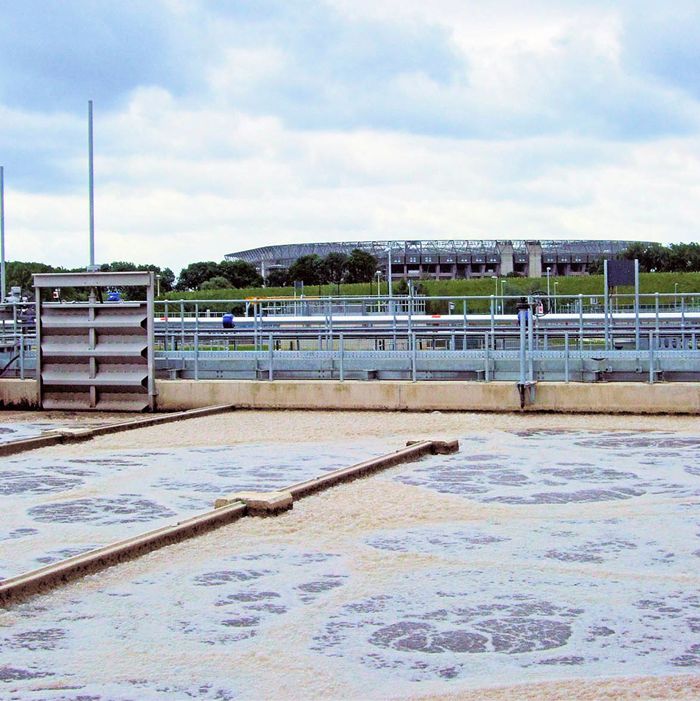Wastewater treatment is the use of physical, chemical and biological methods to treat wastewater, to purify wastewater, reduce pollution, and even to achieve wastewater recycling, reuse, and make full use of water resources.
Wastewater treatment methods use physical, chemical and biological methods to treat wastewater, purify wastewater, reduce pollution, and even achieve wastewater recovery, reuse, and full use of water resources.
The type and nature of wastewater are very complicated, and the requirements for treatment are also different. It is often necessary to combine several treatment methods (or unit technologies) and reasonably configure their primary and secondary relationships and their sequence to make them An organic whole can achieve the most efficient and economical processing tasks. This whole combination of several unit processes is called a wastewater treatment system.
Wastewater treatment (mainly urban domestic sewage and certain industrial wastewater) can generally be divided into three levels.
The primary treatment task is to remove suspended solids from the wastewater. To this end, physical processing is often used. Generally, after the first treatment, the removal rate of suspended solids is 70% to 80%, and the removal rate of biochemical oxygen demand (BOD) is only about 25% to 40%, and the degree of purification of wastewater is not high.
The task of secondary treatment is to remove organic pollutants in wastewater greatly. Take BOD as an example. After secondary treatment, BOD in wastewater can be removed by 80% to 90%, such as BOD content in municipal wastewater. Can be less than 30 mg / liter. Most of the various processing units of the aerobic biological treatment method can meet this requirement.
The task of the tertiary treatment is to further remove contaminants that have not been removed by the secondary treatment, including organic matter, phosphorus, nitrogen and soluble inorganic substances that the microorganisms have not degraded. Tertiary processing is synonymous with advanced processing, but the two are not exactly the same. The tertiary treatment is one or several treatment units added to remove certain pollutants such as phosphorus and nitrogen from the wastewater after secondary treatment; the advanced treatment is often based on wastewater recovery and recovery. A processing unit or system added for secondary purposes. The tertiary treatment is costly and the management is more complicated, but it can make full use of water resources.
Please contact us for more details.
 Mobile: +86-13326682480
Mobile: +86-13326682480
 Wechat: 13798988771
Wechat: 13798988771
 Email: steve@zhwywater.com
Email: steve@zhwywater.com



